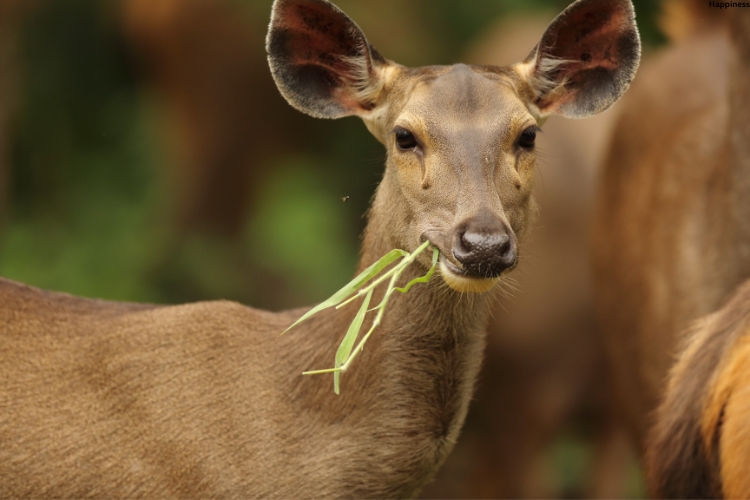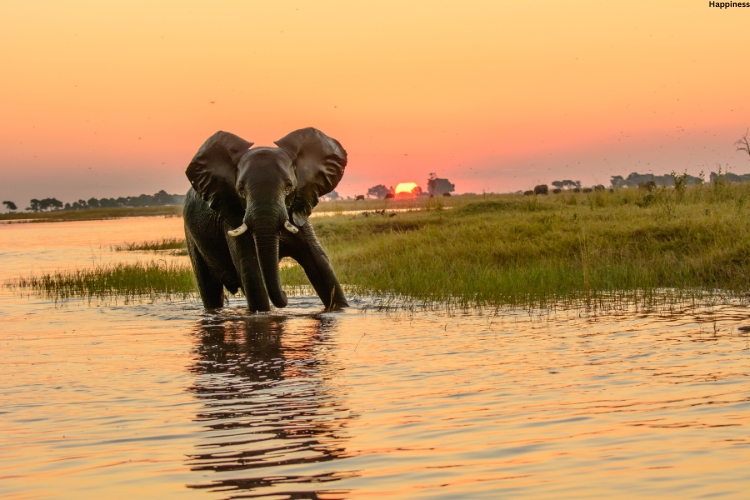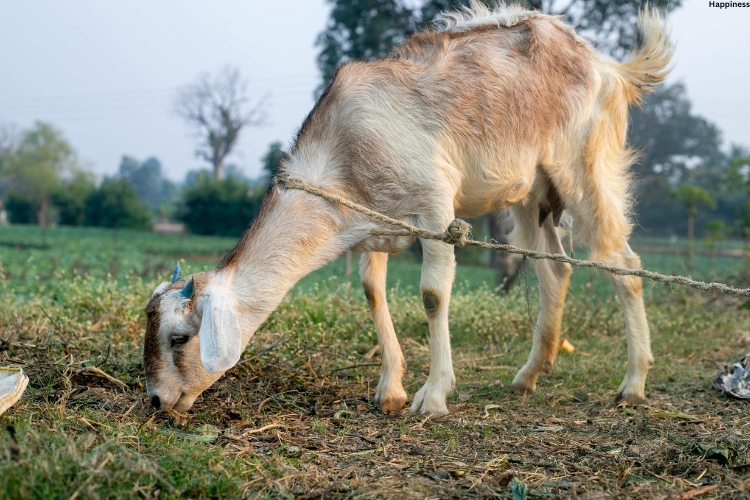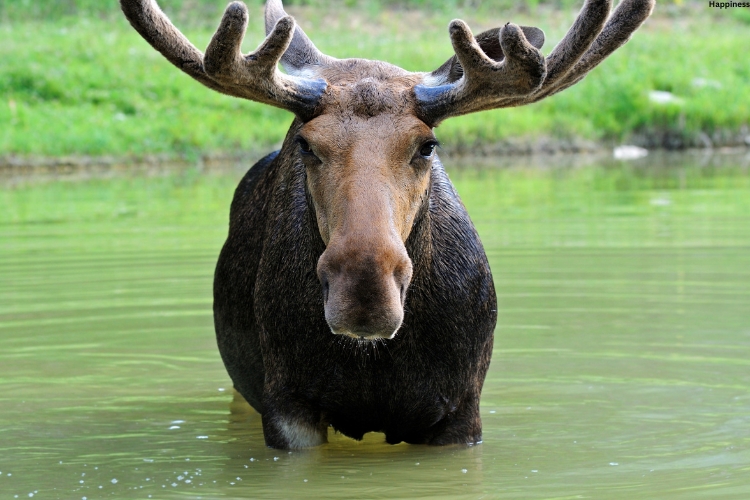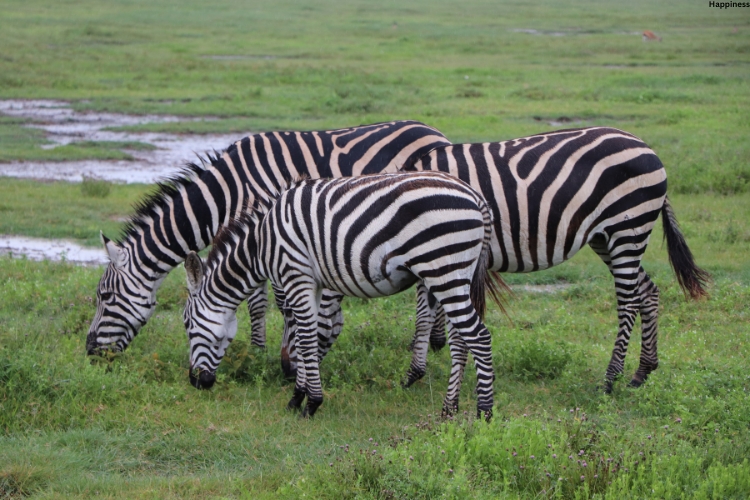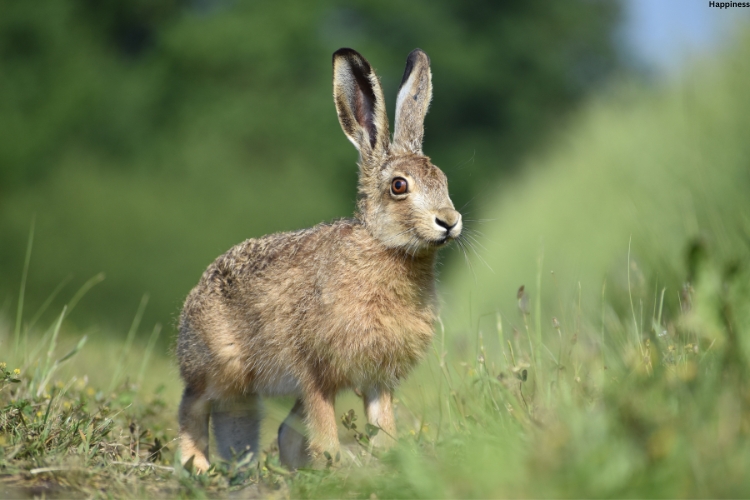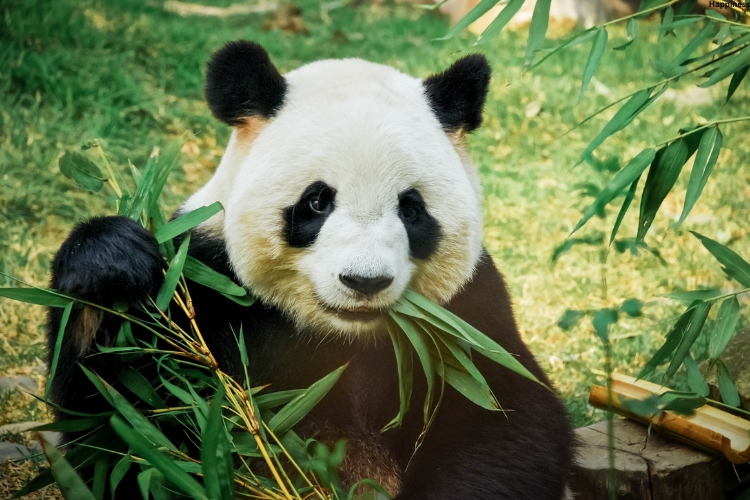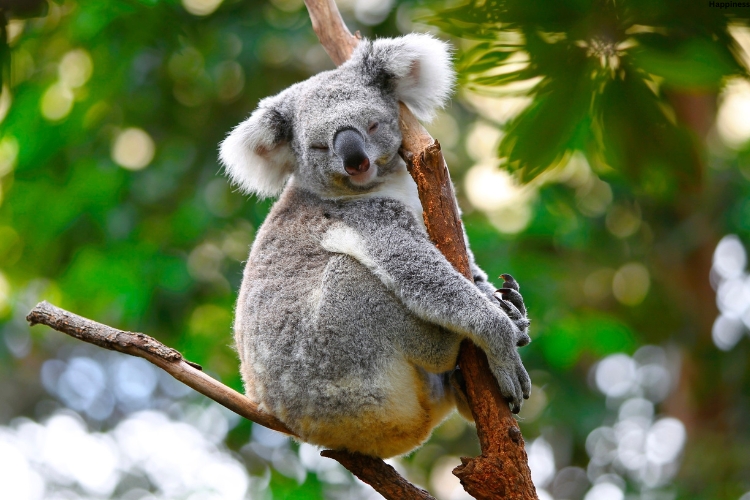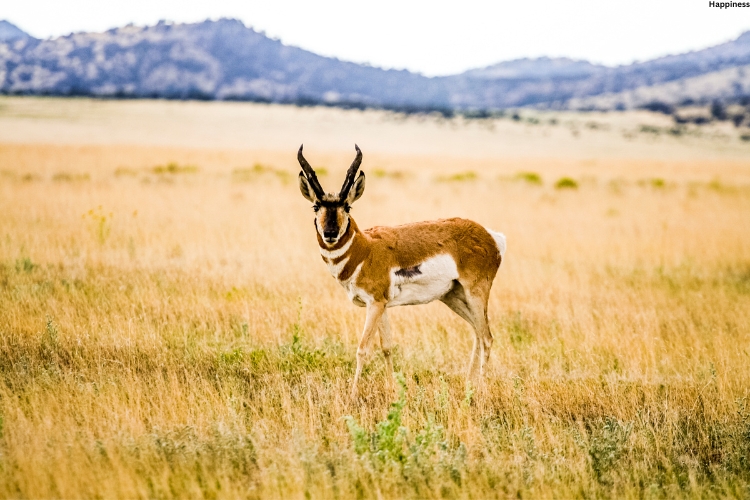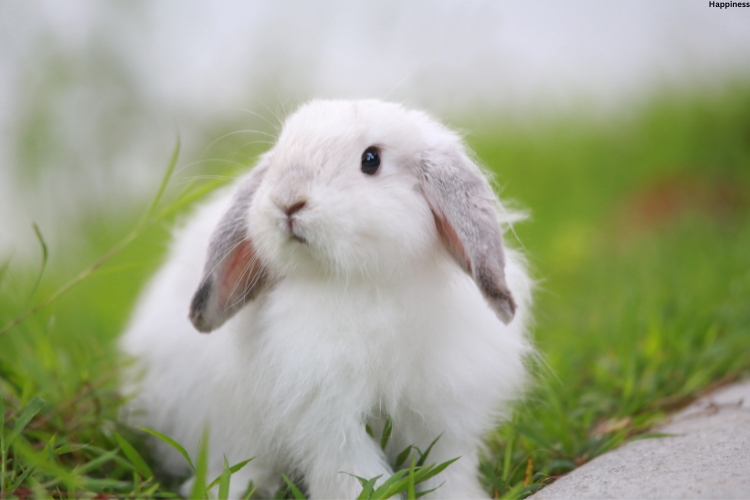Herbivorous mammals are a diverse group of animals that play a crucial role in the Earth’s ecosystems. These plant-eating creatures come in a wide variety of shapes, sizes, and adaptations, each designed to thrive in their unique habitats.
From the towering giraffe to the unassuming rabbit, herbivorous mammals are an integral part of the natural world, contributing to the delicate balance of the food chain and the overall health of the environment.
In this blog post, we’ll explore 20 fascinating herbivorous mammals, delving into their dietary preferences, physical characteristics, and the fascinating ways they have evolved to maximize their consumption of plant-based resources.
Whether you’re a nature enthusiast, a student of biology, or simply curious about the world around you, this in-depth look at herbivorous mammals is sure to captivate and educate.
What is a Herbivorous Mammal?
Herbivorous mammals are a group of animals that primarily consume plant-based foods, such as leaves, grasses, fruits, and vegetables. These creatures have evolved a range of adaptations, including specialized digestive systems and dentition, to extract the maximum amount of nutrients from their plant-based diets.
Unlike carnivores, which rely on meat as their primary source of sustenance, herbivorous mammals have developed the ability to break down and utilize the cellulose and other complex carbohydrates found in plants.
This allows them to thrive in environments where plant life is abundant, making them an essential component of many terrestrial ecosystems.
20 Herbivorous Mammals and What They Eat
To provide a comprehensive overview of herbivorous mammals, we’ve compiled a list of 20 fascinating species, along with a detailed description of their dietary preferences and unique adaptations.
1. Giraffe (Giraffa camelopardalis)
Diet: Giraffes are primarily browsers, consuming a wide variety of leaves, twigs, and fruits from the upper canopy of trees, particularly acacia and mimosa species.
2. African Elephant (Loxodonta africana)
Diet: African elephants are herbivores that feed on a diverse array of grasses, leaves, fruits, and even bark and roots. They are known to consume up to 300 pounds of vegetation per day.
3. Hippopotamus (Hippopotamus amphibius)
Diet: Hippos are grazers, feeding mainly on grasses, aquatic plants, and other vegetation found near their watery habitats.
4. White Rhinoceros (Ceratotherium simum)
Diet: White rhinoceroses are grazers, consuming a variety of grasses, as well as some aquatic plants and bushes.
5. Domestic Cow (Bos taurus)
Diet: Cows are ruminants, meaning they have a specialized four-chambered stomach that allows them to break down and digest grass, hay, and other types of forage.
6. Sheep (Ovis aries)
Diet: Sheep are also ruminants, primarily grazing on grasses, legumes, and other herbaceous vegetation.
7. Goat (Capra aegagrus hircus)
Diet: Goats are adapted to consume a wide range of plant material, including grasses, leaves, bushes, and even trees.
8. Moose (Alces alces)
Diet: Moose are primarily browsers, feeding on the leaves, twigs, and bark of willow, birch, and other deciduous trees and shrubs.
9. Elk (Cervus canadensis)
Diet: Elk are grazers, consuming a variety of grasses, forbs, and other herbaceous vegetation.
10. Wildebeest (Connochaetes)
Diet: Wildebeests are grazers, feeding primarily on grasses and other low-growing vegetation.
11. Bison (Bison bison)
Diet: Bison are grazers, consuming a diet of grasses, sedges, and other herbaceous plants.
12. Zebra (Equus)
Diet: Zebras are grazers, feeding on a variety of grasses, herbs, and other vegetation.
13. Pronghorn (Antilocapra americana)
Diet: Pronghorns are browsers, consuming a diet of leaves, twigs, and other woody vegetation.
14. Rabbit (Oryctolagus cuniculus)
Diet: Rabbits are herbivores that feed on a variety of grasses, leaves, stems, and other plant matter.
15. Hare (Lepus)
Diet: Hares are also herbivores, feeding on grasses, herbs, and the bark and twigs of woody plants.
16. Beaver (Castor)
Diet: Beavers are herbivores that feed primarily on the bark, leaves, and twigs of trees and shrubs, particularly willow and aspen.
17. Capybara (Hydrochoerus hydrochaeris)
Diet: Capybaras are the world’s largest rodents and are herbivores, consuming a diet of grasses, aquatic plants, and other vegetation.
18. Manatee (Trichechus)
Diet: Manatees are aquatic herbivores, feeding on a variety of seagrasses and other aquatic plants.
19. Panda (Ailuropoda melanoleuca)
Diet: Pandas are herbivores that feed almost exclusively on bamboo, consuming up to 84 pounds of the plant per day.
20. Koala (Phascolarctos cinereus)
Diet: Koalas are herbivores that feed exclusively on the leaves of certain eucalyptus tree species, which make up the majority of their diet.
Adaptations of Herbivorous Mammals
Herbivorous mammals have evolved a range of adaptations to thrive on their plant-based diets. These adaptations include:
- Specialized Digestive Systems: Many herbivorous mammals, such as ruminants (e.g., cows, sheep, goats), have multi-chambered stomachs that allow them to break down the complex carbohydrates and cellulose found in plants.
- Dentition: Herbivores often have specialized dentition, such as flat, grinding molars, to efficiently chew and break down plant material.
- Rumination: Ruminants, like cows and sheep, have the ability to regurgitate and re-chew their food, a process known as rumination, which aids in digestion.
- Selective Browsing: Many herbivores, such as giraffes and moose, have developed the ability to selectively browse on the most nutritious parts of plants, such as the leaves and tender shoots.
- Gut Microbiome: Herbivores rely on a diverse gut microbiome, composed of bacteria and other microorganisms, to help them break down and extract nutrients from plant material.
- Adaptations for Mobility: Some herbivores, like the pronghorn and zebra, have evolved features like long legs and efficient gaits to facilitate movement and foraging in their respective habitats.
The Importance of Herbivorous Mammals
Herbivorous mammals play a crucial role in the functioning and maintenance of ecosystems worldwide. Some of the key ways they contribute to the natural world include:
- Nutrient Cycling: As herbivores consume and digest plant material, they help to recycle nutrients back into the soil, supporting the growth and regeneration of vegetation.
- Seed Dispersal: Many herbivores, such as elephants and bison, contribute to the dispersal of plant seeds, helping to propagate and distribute various species of flora.
- Habitat Maintenance: Grazing and browsing by herbivores can help to maintain the diversity and structure of plant communities, preventing the overgrowth of certain species and promoting the growth of a more balanced ecosystem.
- Food Web Dynamics: Herbivorous mammals serve as a crucial link in the food chain, providing sustenance for carnivorous predators and supporting the overall balance of the ecosystem.
- Economic and Cultural Significance: Many herbivorous mammals, such as domestic livestock, have significant economic and cultural importance for human societies, providing food, clothing, and other resources.
Threats to Herbivorous Mammals
Despite their ecological importance, herbivorous mammals face a variety of threats that can jeopardize their survival. Some of the primary threats include:
- Habitat Loss and Fragmentation: The conversion of natural habitats into agricultural land, urban areas, and infrastructure can lead to the loss and fragmentation of the environments that herbivorous mammals rely on.
- Overexploitation: The hunting and poaching of certain herbivorous species, such as rhinos and elephants, for their meat, horns, or other valuable body parts, can have devastating effects on their populations.
- Climate Change: Shifts in temperature, precipitation patterns, and the availability of food resources due to climate change can disrupt the delicate balance of ecosystems and threaten the survival of herbivorous mammals.
- Disease and Invasive Species: The introduction of new diseases or the spread of invasive plant and animal species can have devastating impacts on herbivorous mammal populations and the ecosystems they inhabit.
Conclusion
Herbivorous mammals are a fascinating and diverse group of animals that play a vital role in the health and balance of the Earth’s ecosystems. From the towering giraffe to the unassuming rabbit, these plant-eating creatures have evolved a remarkable array of adaptations to thrive on their unique diets.
By understanding the dietary preferences and adaptations of these herbivorous mammals, we can better appreciate the intricate web of life that sustains our planet.
Moreover, recognizing the threats they face and taking action to protect their habitats and populations is crucial for ensuring the continued survival and flourishing of these incredible animals.
As we explore the 20 herbivorous mammals featured in this article, may we be inspired to cherish and preserve the natural world, so that future generations can continue to marvel at the wonders of these plant-eating marvels.
Table: Herbivorous Mammals and Their Dietary Preferences
| Mammal | Diet |
|---|---|
| Giraffe | Leaves, twigs, fruits |
| African Elephant | Grasses, leaves, fruits, bark, roots |
| Hippopotamus | Grasses, aquatic plants |
| White Rhinoceros | Grasses, aquatic plants, bushes |
| Domestic Cow | Grasses, hay, forage |
| Sheep | Grasses, legumes, herbaceous vegetation |
| Goat | Grasses, leaves, bushes, trees |
| Moose | Leaves, twigs, bark of deciduous trees and shrubs |
| Elk | Grasses, forbs, herbaceous vegetation |
| Wildebeest | Grasses, low-growing vegetation |
| Bison | Grasses, sedges, herbaceous plants |
| Zebra | Grasses, herbs, vegetation |
| Pronghorn | Leaves, twigs, woody vegetation |
| Rabbit | Grasses, leaves, stems, plant matter |
| Hare | Grasses, herbs, bark, twigs |
| Beaver | Bark, leaves, twigs of trees and shrubs |
| Capybara | Grasses, aquatic plants, vegetation |
| Manatee | Seagrasses, aquatic plants |
| Panda | Bamboo |
| Koala | Eucalyptus leaves |
Additional Resources:
1.25 Cave Dwelling Mammals Found Underground
2.10 Mammals with the Best Sense of Smell
3.Mammal Life Cycles and Gestation Periods
4.The State of Mammals in the World
5.15 Tropical Rainforest Mammals

